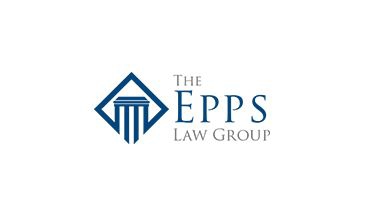An eyewitness identification is often a big break in a criminal investigation. In a typical confrontation, the police will ask a witness to view a suspect standing in a lineup, and a positive ID can quickly lead to your prosecution and conviction. However, Georgia criminal defendants can challenge positive eyewitness identifications in several ways. At the Epps Law Group, we have experience getting eyewitness identifications thrown out of court because they are not reliable.
The Supreme Court Weighs In
Scholars have long recognized that eyewitness testimony is often unreliable. In 1967, the U.S. Supreme Court agreed in a case called Stovall v. Dennis, holding that a confrontation can sometimes be “so unnecessarily suggestive and conducive to irreparable mistaken identification” that the out-of-court identification cannot be admitted into evidence.
To this end, criminal defense lawyers can argue that the police used prejudicial techniques to get a positive identification from an eyewitness. If your lawyer proves this, then a witness can be prevented from identifying you in court.
Prejudicial Line-Ups and Photo Arrays
Some suspects are identified as part of police lineups. Witnesses view a suspect along with a few other people and are asked if anyone looks familiar. Police sometimes also use photo arrays, which is a spread of six or more photographs, one of which is the suspect. If the witness identifies the suspect, then the police can use the ID later in court.
As the Supreme Court has stated, some lineups and photo arrays are unduly prejudicial because the police have highlighted the suspect in some way. For example, the police might have put an African American suspect in a lineup full of white people, or they might only have one person with a facial tattoo in a photo array. In these situations, the police are “guiding” the witness to pick the person who stands out from all of the rest, and the lineup or photo array is prejudicial.
Is the Identification Nonetheless Reliable?
Even if police use an unduly suggestive lineup or photo array, an eyewitness identification can still be admitted into court if it is otherwise reliable. For this reason, a judge will analyze the following factors:
- What opportunity did the witness have to view the suspect? For example, if the suspect wore a ski mask, then the witness probably didn’t have a good opportunity. Conversely, if they stared at the suspect in the face, then their identification is probably more reliable.
- How attentive was the witness? If the witness was distracted, then it is less likely that their identification is reliable.
- How accurate was the prior description offered by the witness? When the police first interview a witness, they will ask for a description. If the description is too vague—such as “he was tall and white”—then an identification in a lineup is probably less reliable.
- How certain was the witness? If a witness hesitates to pick someone out of a lineup or photo array, then the identification is likely less reliable.
- How much time has passed between the crime and the identification? The more time that has passed, the less reliable an identification will be.
No one factor, by itself, determines whether the identification is reliable. Instead, a judge will weigh all of the factors and use their judgment. However, it’s possible to get a positive identification thrown out of court when a distracted, scared witness is unsure of their identification even when picking someone from a prejudicial lineup.
Contact a Georgia Criminal Defense Lawyer Today
If a witness at the crime scene has positively identified you, then you need an aggressive Georgia criminal defense attorney who knows how to challenge police lineups and photo arrays. The Epps Law Group can build a persuasive case that the police used prejudicial techniques to collect the identification which is too unreliable to be admitted. Call us today at (678) 257-4507 or fill out our online contact form.

